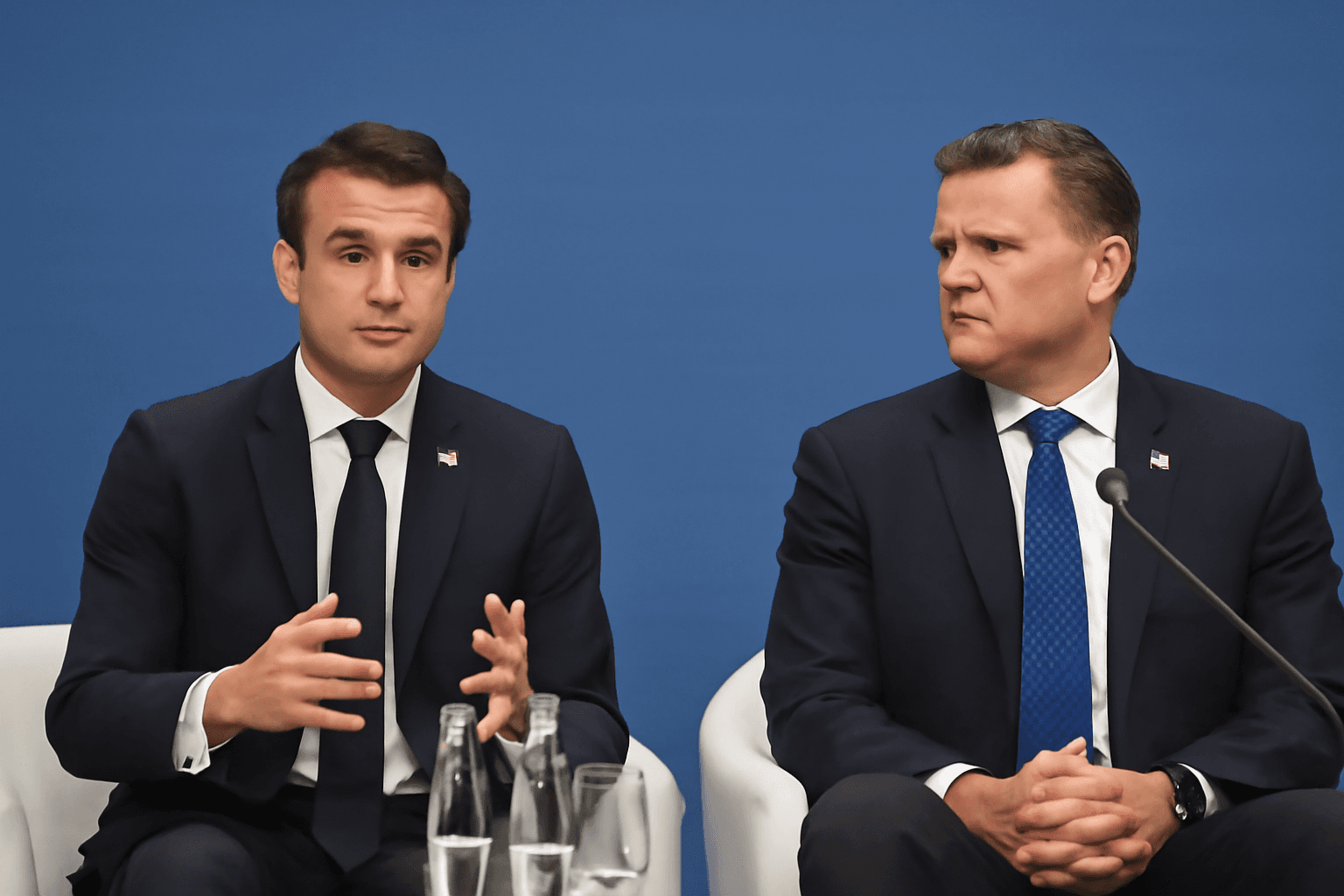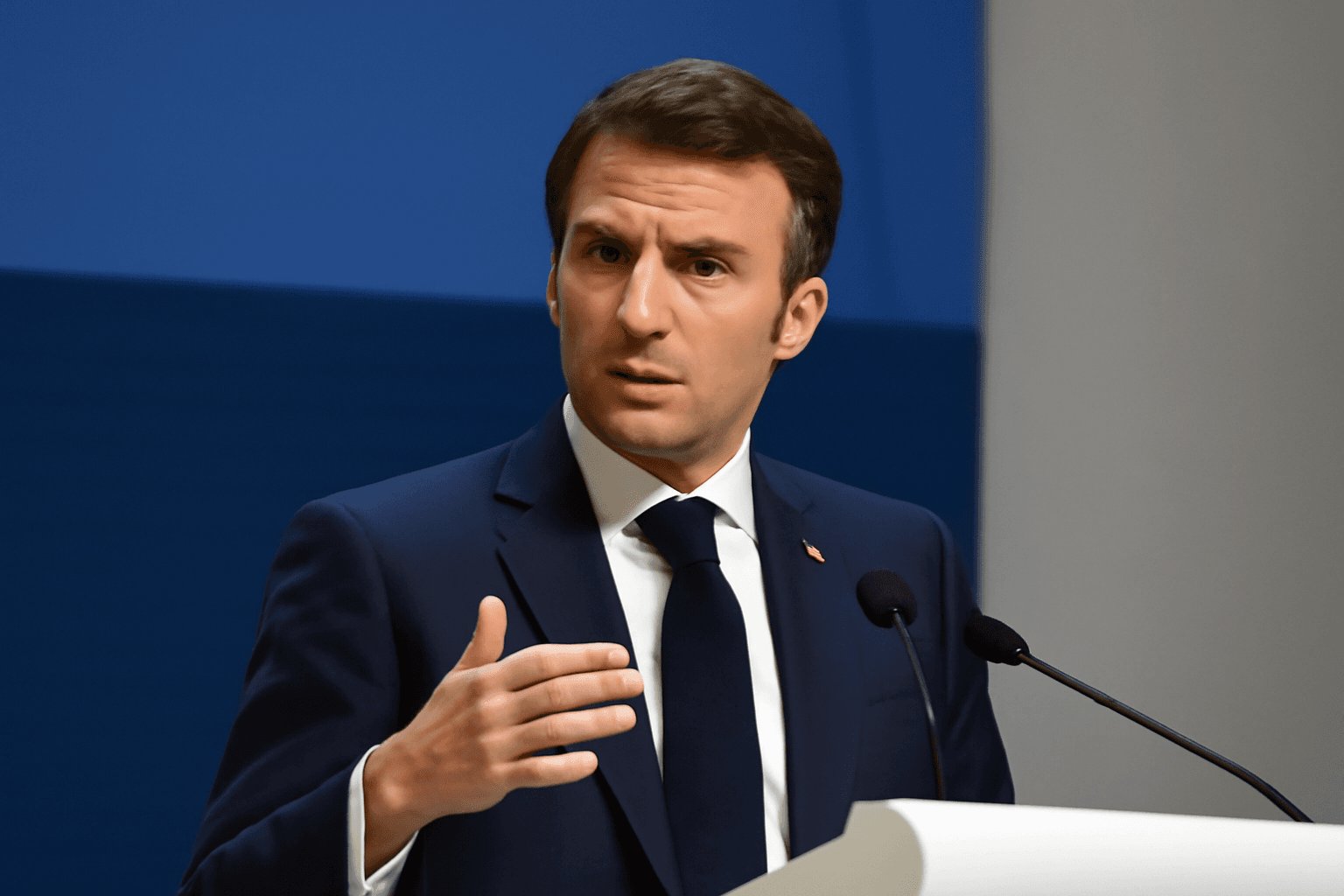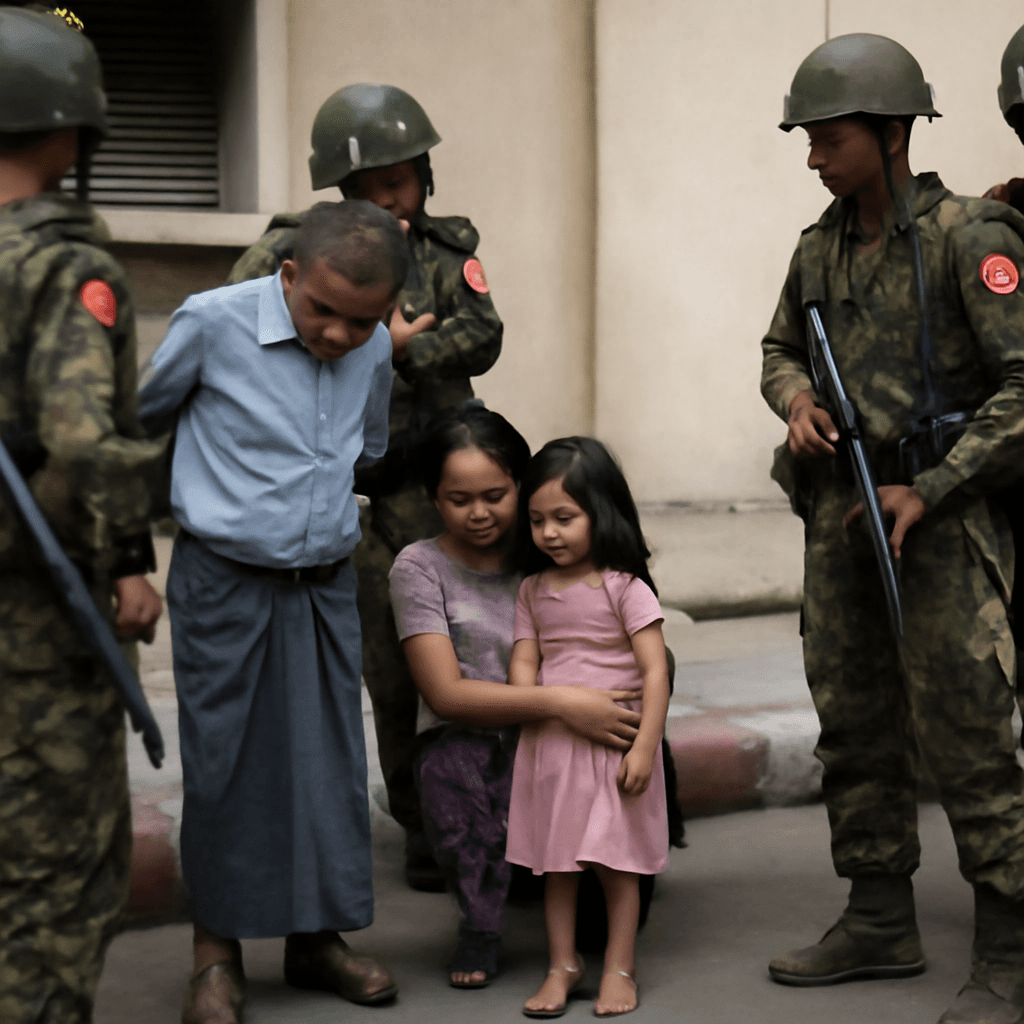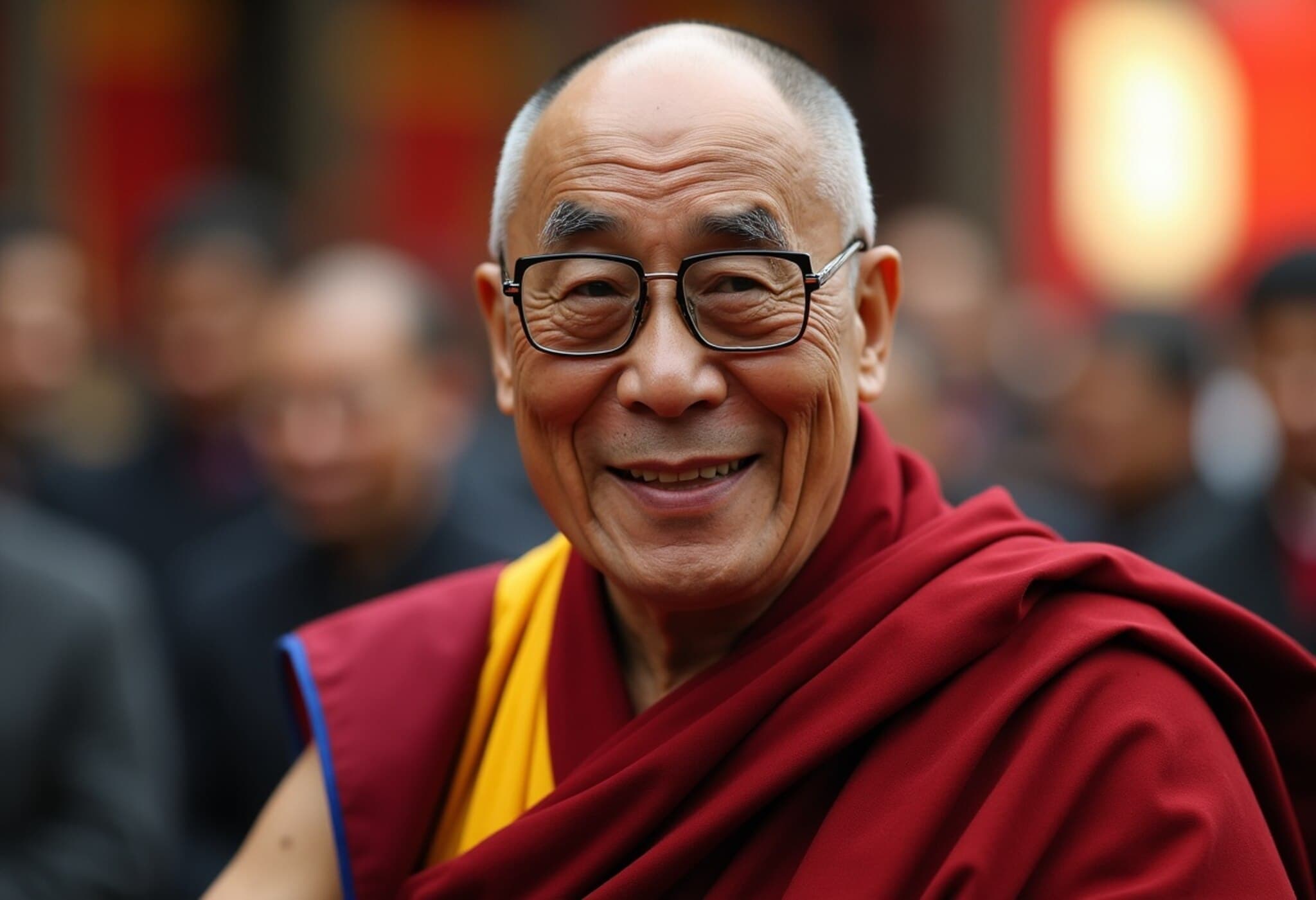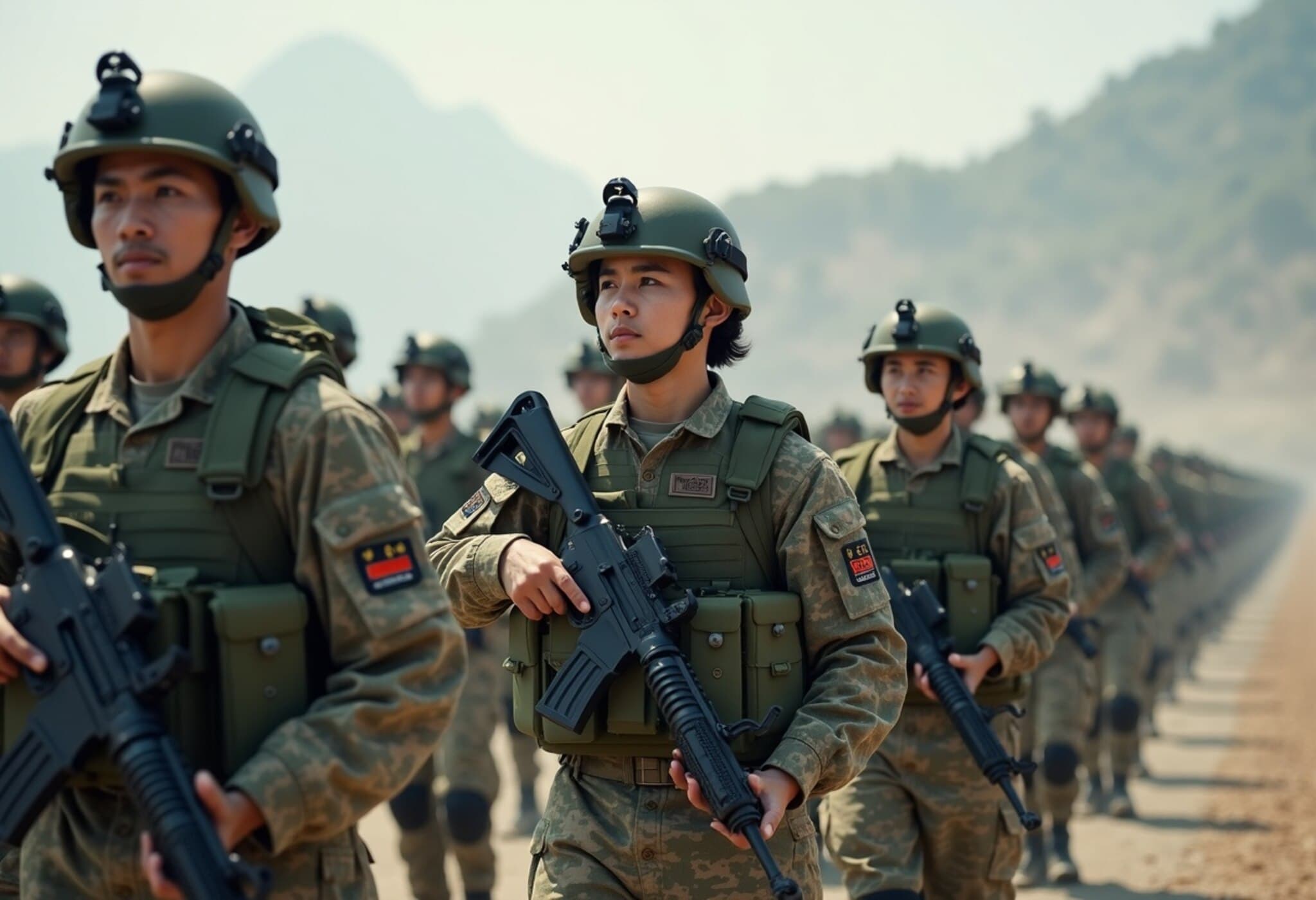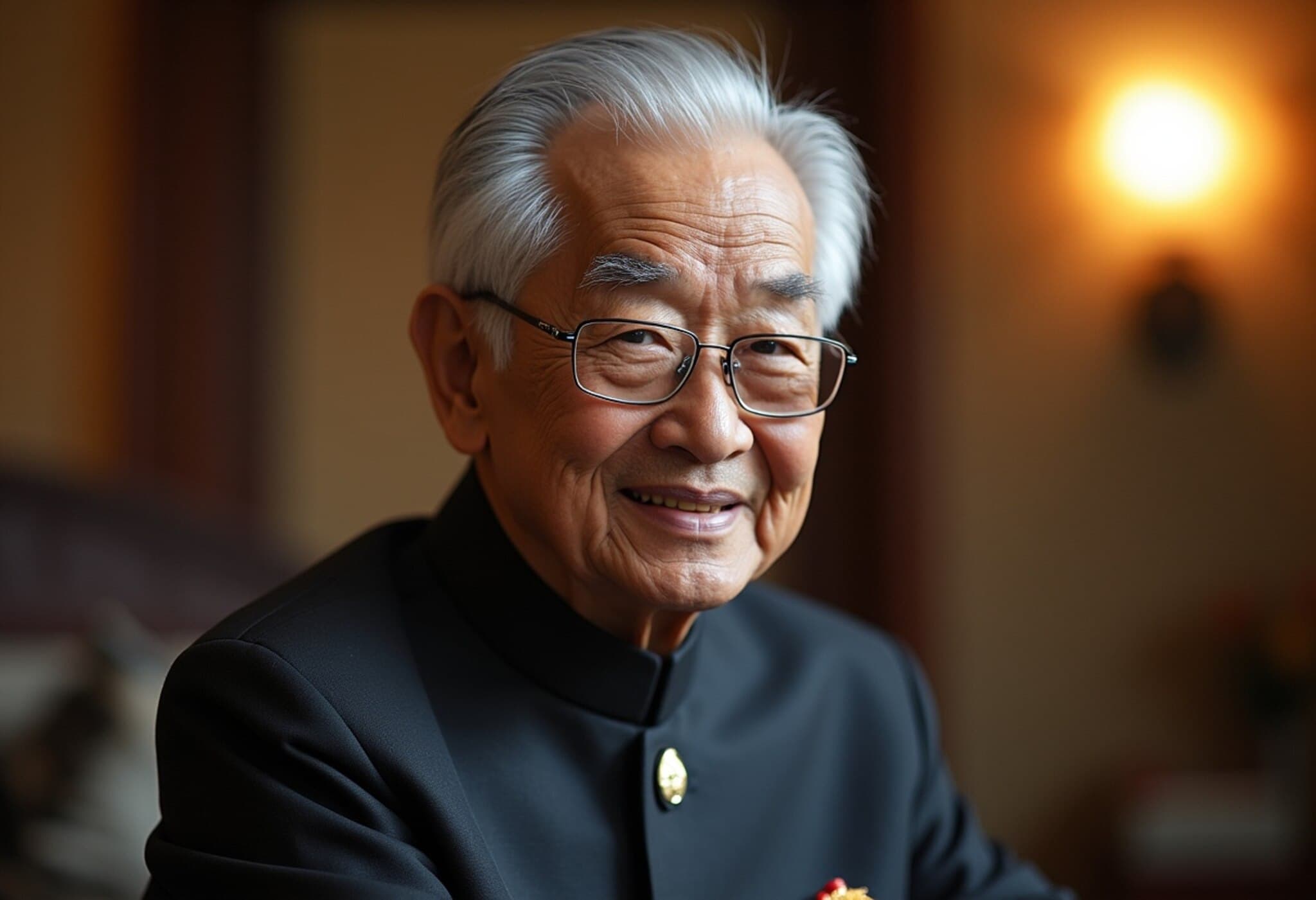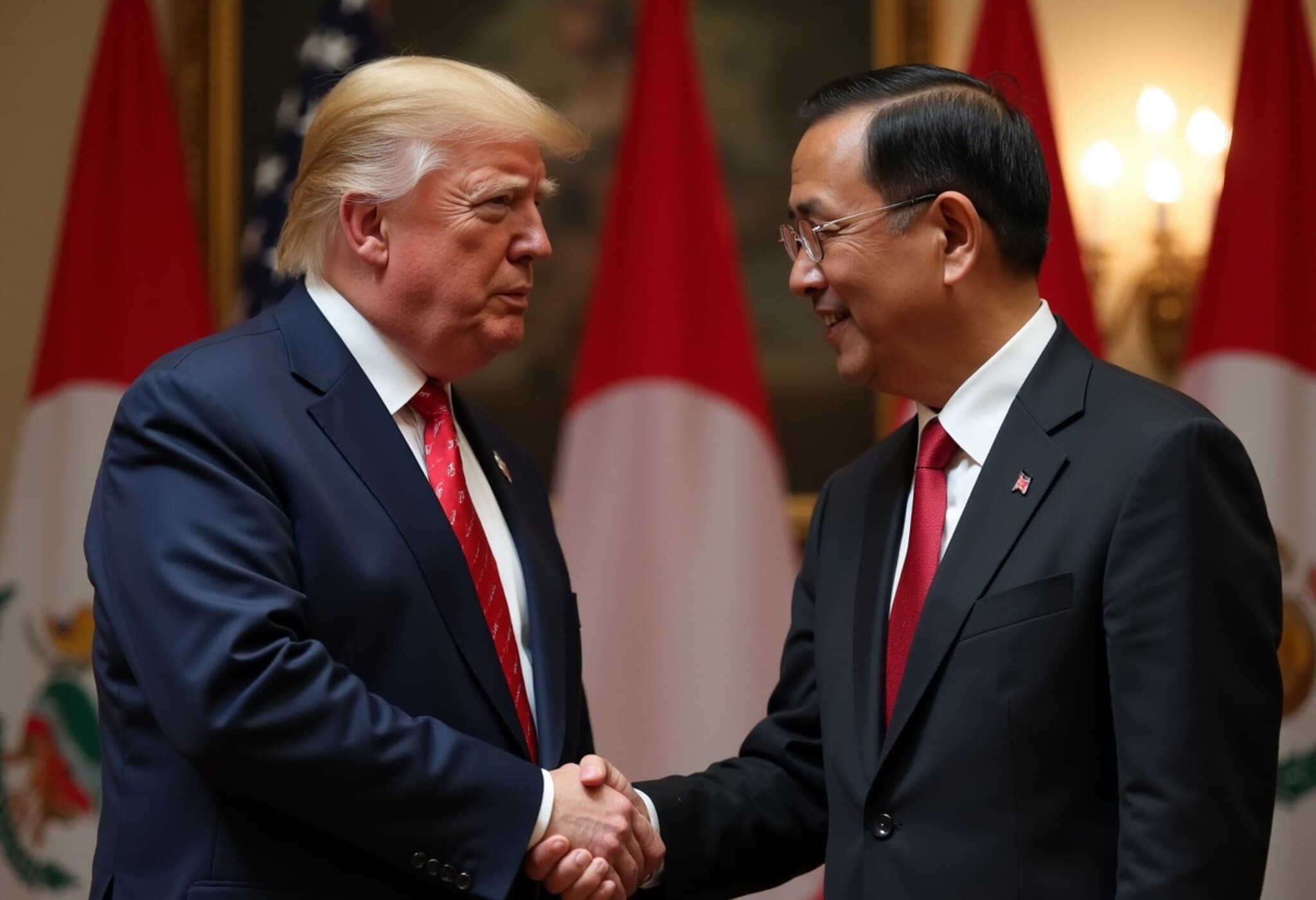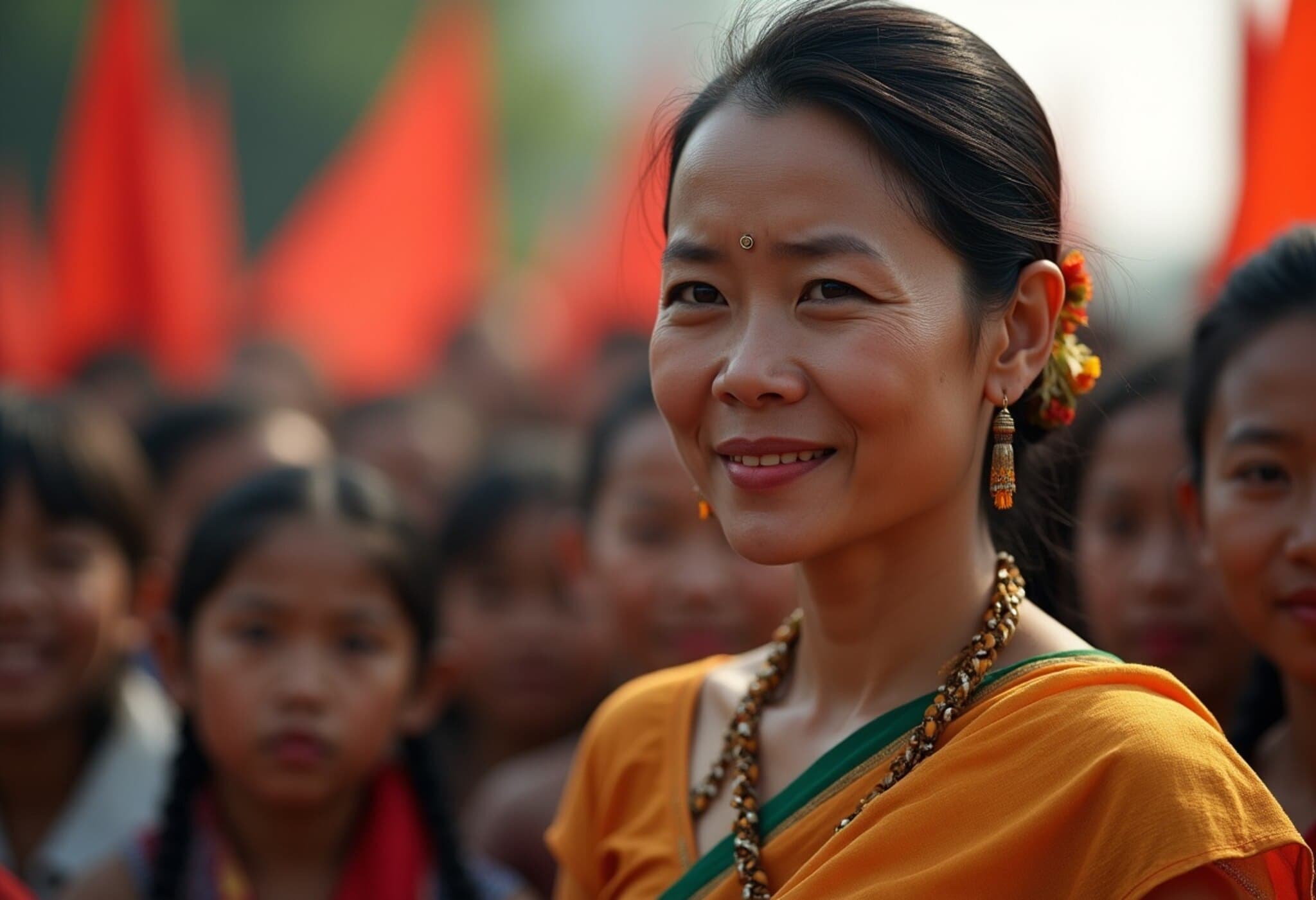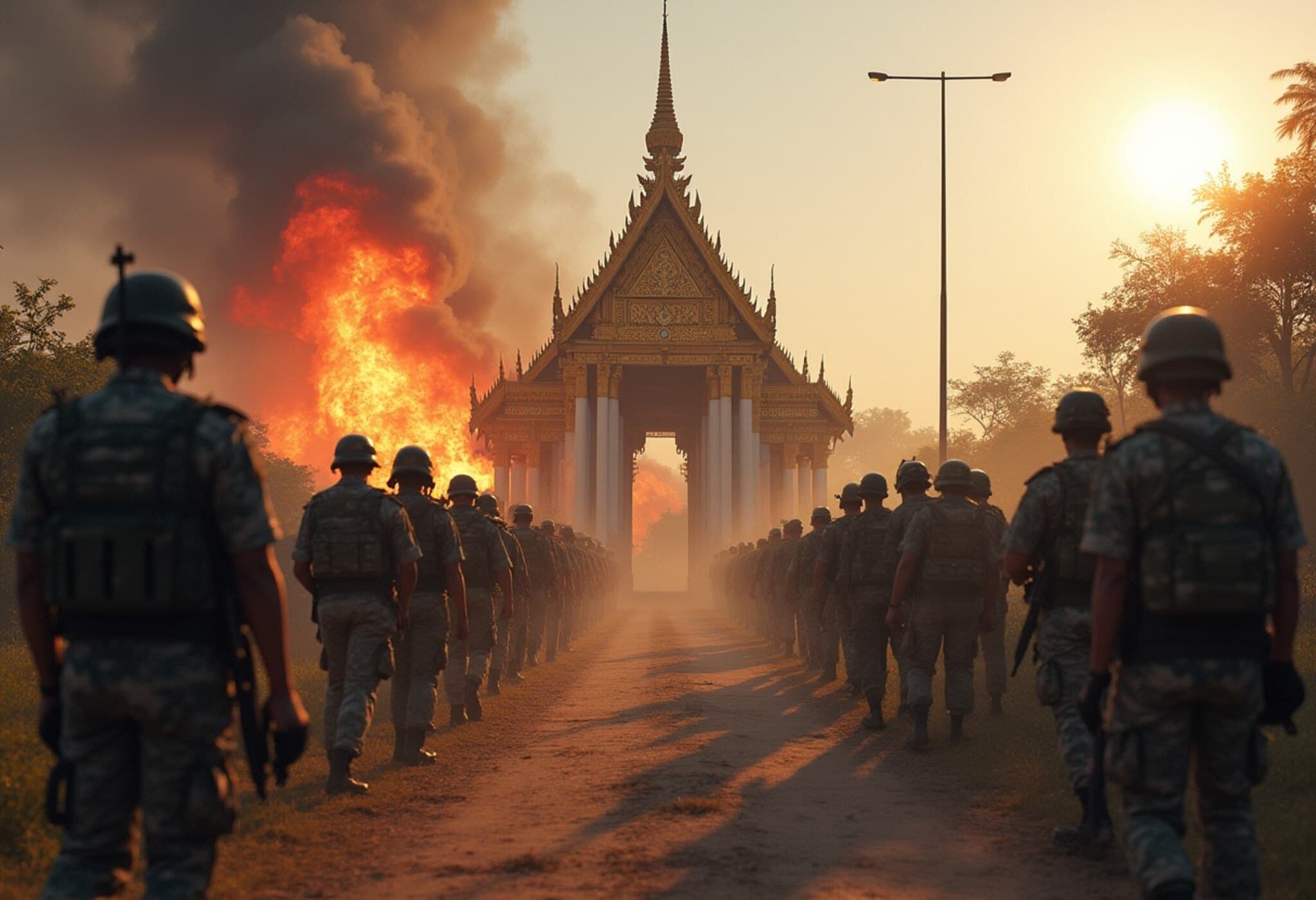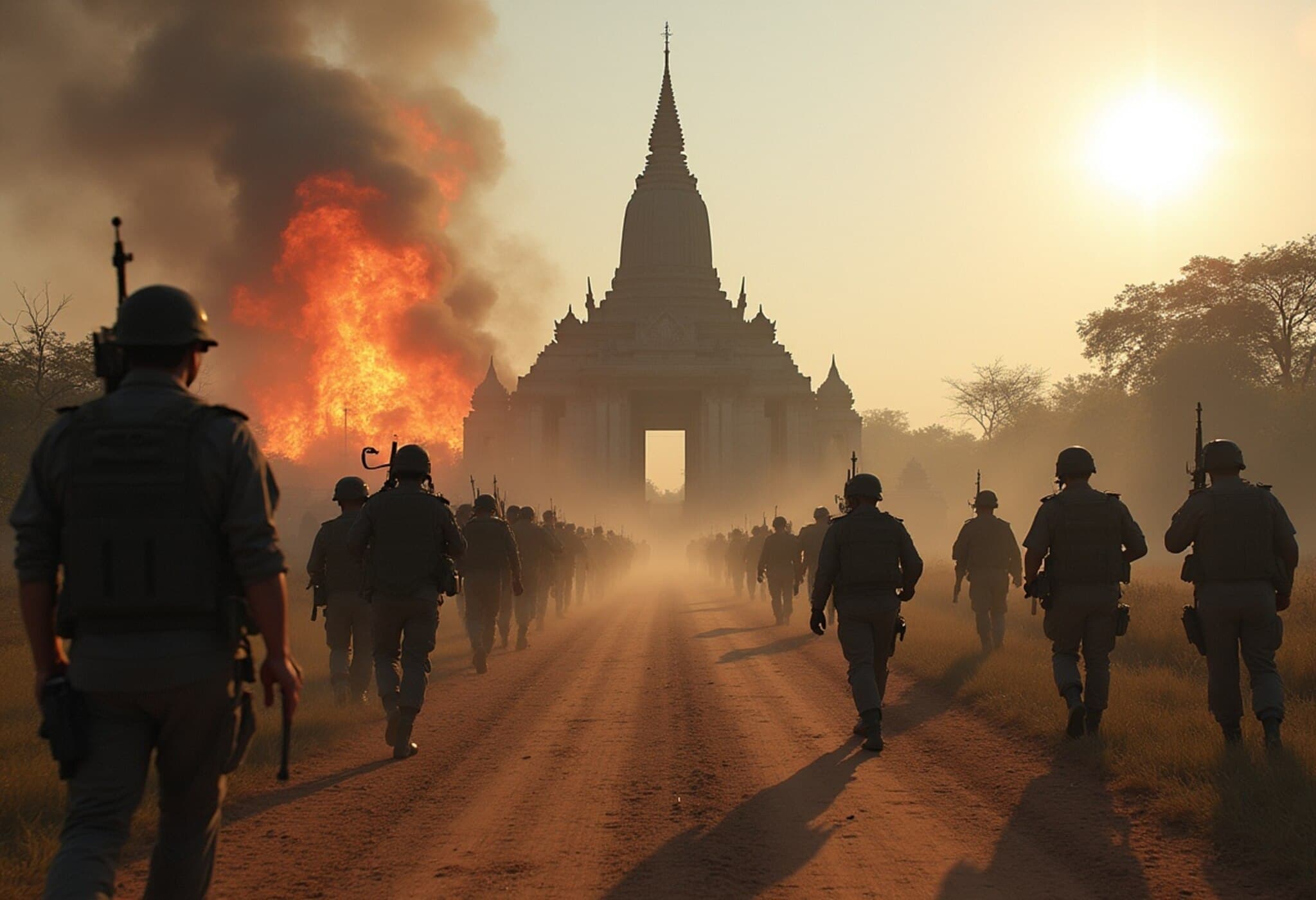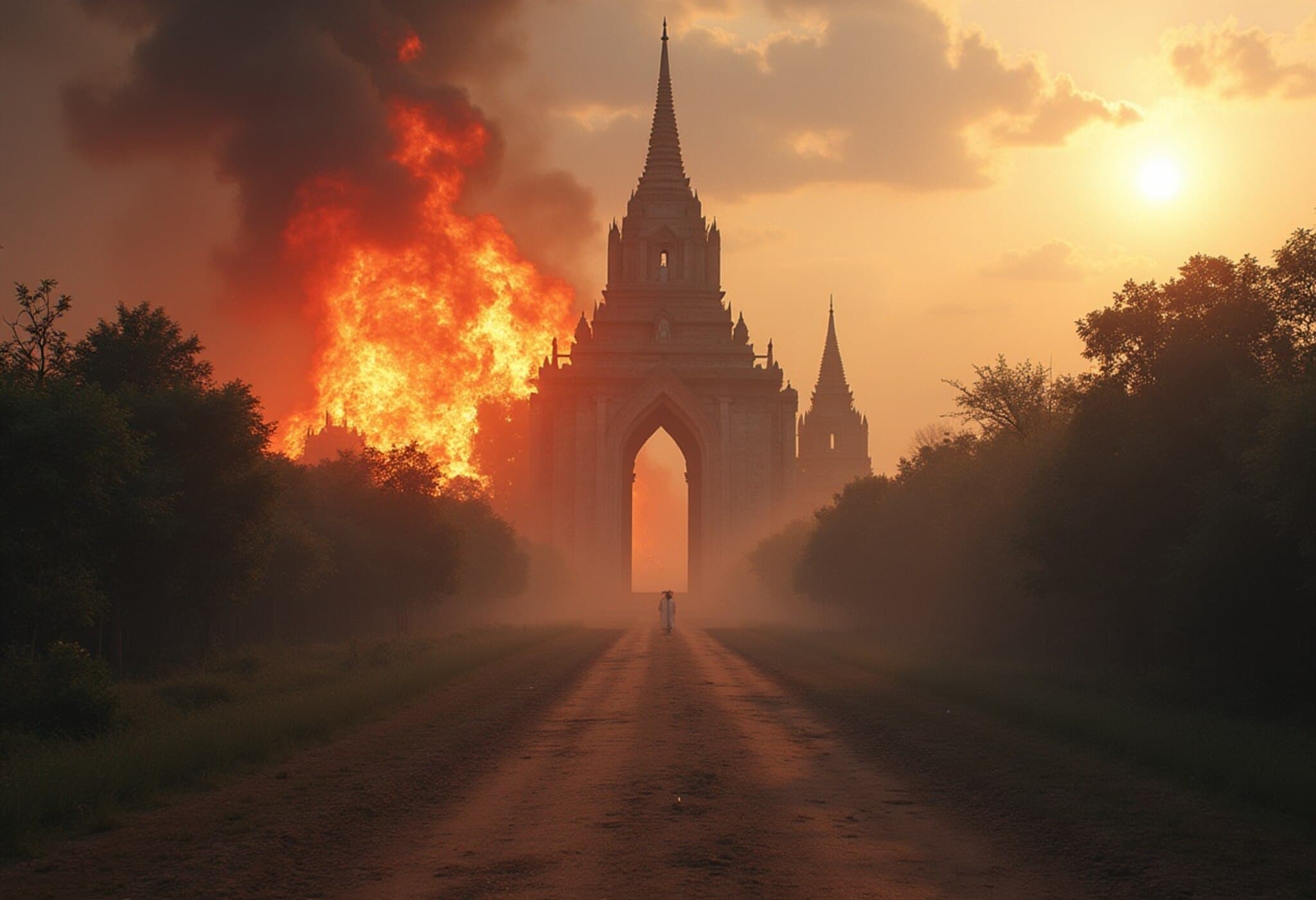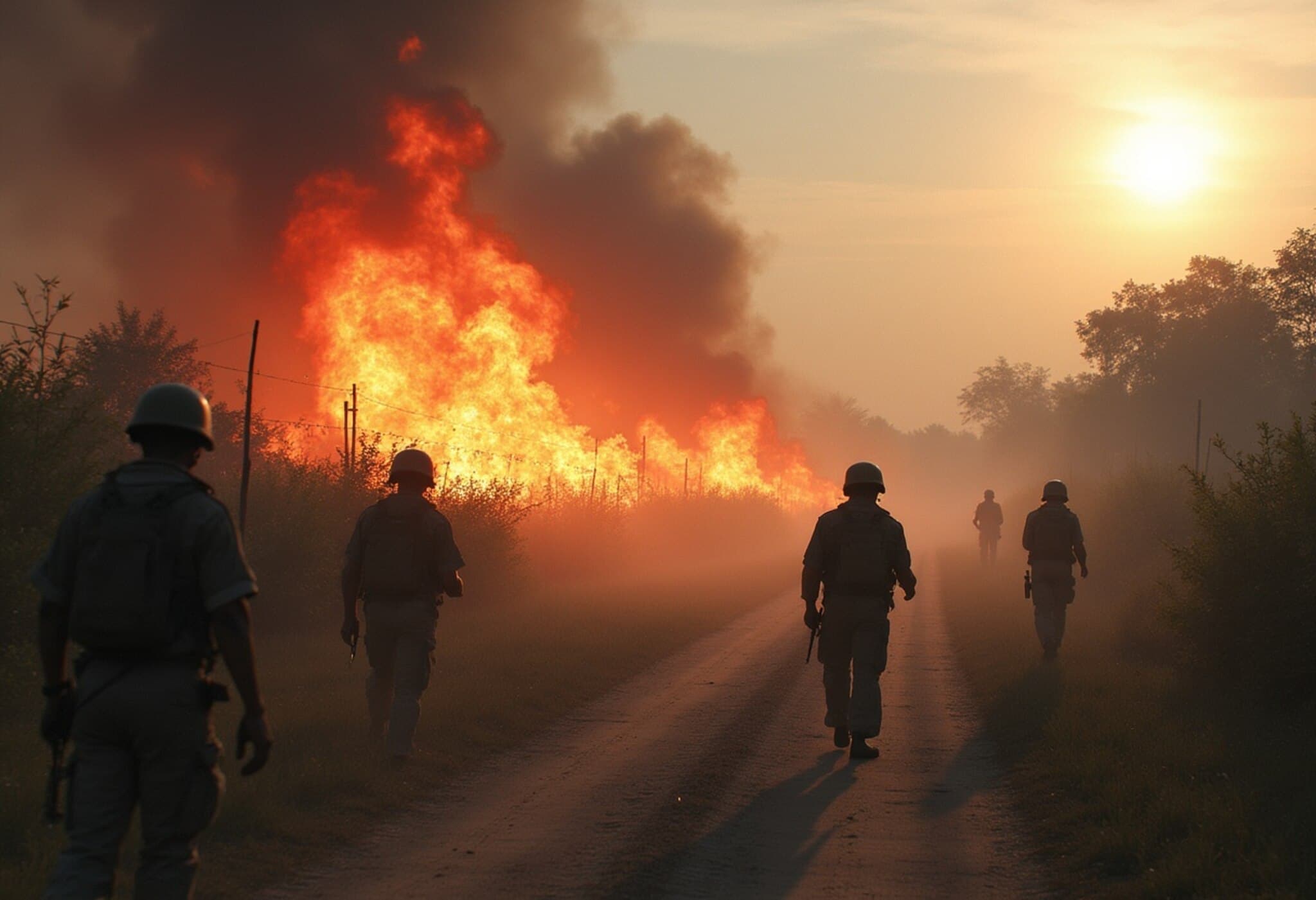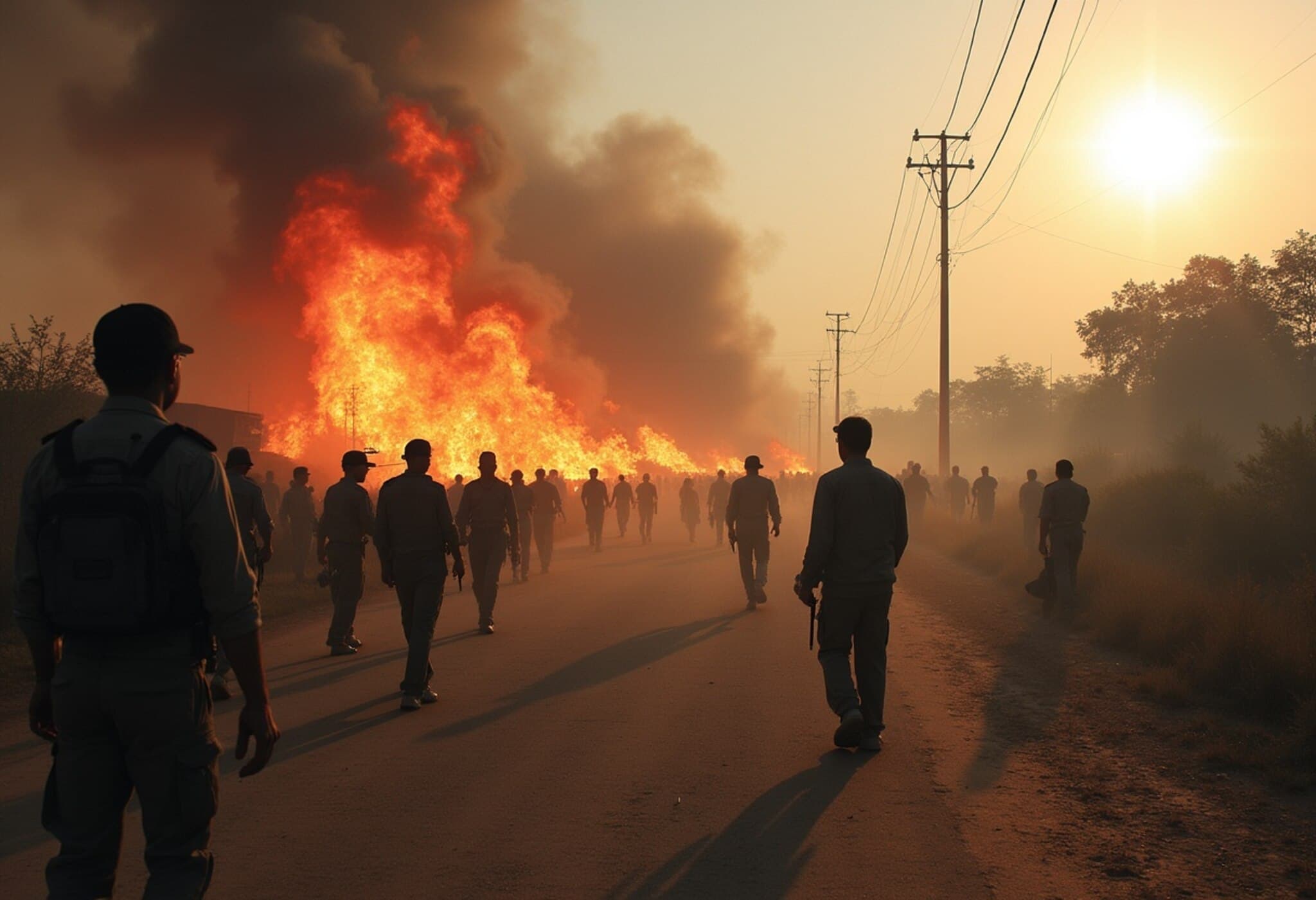Thailand-Cambodia Border Conflict Escalates to Deadliest Clash in Years
The long-simmering border dispute between Thailand and Cambodia has erupted into its bloodiest confrontation in over a decade, leaving 33 people dead and prompting urgent calls for an immediate ceasefire. The intense fighting, involving artillery, jets, tanks, and ground troops, has raged for three consecutive days along the forested border region near Surin, Thailand, and Pursat province, Cambodia.
Rising Casualties and Widespread Displacement
According to Cambodia’s Ministry of Defence, 13 fatalities have been confirmed on their side, including eight civilians and five soldiers, with 71 people injured. The Thai military reports a higher toll of 20 deaths—a mix of 14 civilians and six soldiers—bringing the combined death toll to an alarming 33. This surpasses the previous deadly episodes between 2008 and 2011, highlighting the resurgence of violence in a region long plagued by territorial disputes.
The conflict has forced a massive displacement crisis, with over 138,000 people evacuated from Thailand’s border areas and more than 35,000 fleeing from Cambodian border provinces. Villagers, caught in the crossfire, describe harrowing experiences as they seek safety from ongoing artillery bombardments and rocket attacks.
International Response and Calls for Ceasefire
The United Nations Security Council convened an emergency session on Friday to address the escalating crisis. Cambodia’s UN ambassador, Chhea Keo, delivered a firm plea for an immediate and unconditional ceasefire, urging all parties to pursue peaceful dialogue. He emphasized the need for de-escalation to prevent further humanitarian catastrophe along the shared border.
Meanwhile, Thai Foreign Minister Maris Sangiampongsa conditioned any meaningful ceasefire talks on Cambodia demonstrating “genuine sincerity” in ending hostilities. He insisted that Cambodia must cease violations of Thai sovereignty and engage in bilateral negotiations to resolve the dispute.
As tensions persist, Malaysia, currently chairing the Association of Southeast Asian Nations (ASEAN), has been proposed as a potential mediator to facilitate dialogue between the two nations, both ASEAN members. However, mutual accusations have muddied diplomatic progress, with Cambodia accusing Thailand of firing first and using cluster munitions, and Thailand alleging that Cambodia targeted civilian infrastructure, including hospitals and petrol stations.
Complex Political Backdrop and Regional Implications
The border conflict carries more than just military and humanitarian consequences; it exposes deep political fractures within both countries. Former Thai Prime Minister Thaksin Shinawatra, influential despite years out of office, visited displaced civilians but hinted that military objectives must be accomplished before engaging in peace talks. Notably, he declined to reach out to Cambodia’s ex-Prime Minister Hun Sen, criticizing Hun Sen's approach amid deteriorating bilateral relations.
The recent clash traces its roots to unresolved disputes over a nearly 500-mile shared border, with tensions reignited after a Cambodian soldier was killed in May. Although a 2013 ruling by an international court aimed to settle the border demarcation, overlapping claims, and nationalist sentiments have perpetuated instability.
The political dimension was further complicated by the controversial leak of a recorded phone call between Cambodia’s Hun Sen and Thailand's Prime Minister Paetongtarn Shinawatra, daughter of Thaksin. The recording stirred a domestic political crisis in Thailand, leading to Paetongtarn’s suspension amid accusations that she failed to defend national interests robustly during the conflict.
Human Cost and the Urgency for Peace
Eyewitness accounts from towns like Samraong in Cambodia and Sisaket in Thailand paint a grim picture of civilians trapped by relentless artillery barrages. Local residents express exhaustion and fear, hoping for an end to the violence that has disrupted lives and livelihoods.
- 33 fatalities reported—mix of civilians and military personnel
- More than 173,000 displaced across both countries
- International calls for immediate ceasefire and negotiations
- Political tensions complicate resolution efforts
- Regional stability at stake within ASEAN framework
Editor’s Note
While the immediate focus remains on ending the fighting and addressing the humanitarian fallout, this violent resurgence underscores enduring challenges in Southeast Asian border diplomacy. It raises crucial questions about the effectiveness of international arbitration, the role of regional organizations like ASEAN in conflict mediation, and how nationalist politics can jeopardize lasting peace. For policymakers and observers, the situation serves as a sobering reminder that porous borders are often flashpoints for broader geopolitical and domestic tensions—and that empathy for those caught in conflict zones must shape international responses.


